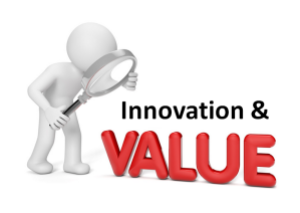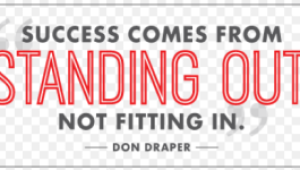 I am reading a lot about the concept of value creation recently, it answers everything but tells us so often nothing about how it is made up or it is truly present. It seems to have that same ‘heady vaulted position’ as innovation in that we all talk far more about the ‘promise’ of it, we want it but still are not prepared to put the real effort into it to make it happen.
I am reading a lot about the concept of value creation recently, it answers everything but tells us so often nothing about how it is made up or it is truly present. It seems to have that same ‘heady vaulted position’ as innovation in that we all talk far more about the ‘promise’ of it, we want it but still are not prepared to put the real effort into it to make it happen.
So let me try and explain my thoughts on value creation. So what is behind value creation? What drives it? What will tell us this is an organization where value creation seems to well invest in, nurtured, built and protected?
So what is value creation?
Value creation is highly dynamic, it is going on all the time and can increase, decrease or transform, in different ways, when you exploit your different capitals that will be in constant change and adjusting to reflect your organization’s business activities and eventual outputs. This is when you can begin to see the value created by the use of deploying all the capitals to build new growth and what I call “stock” that along with “flow”. I loved this explaination of the two.
Continue reading “Recognizing it is all about Value Creation”






